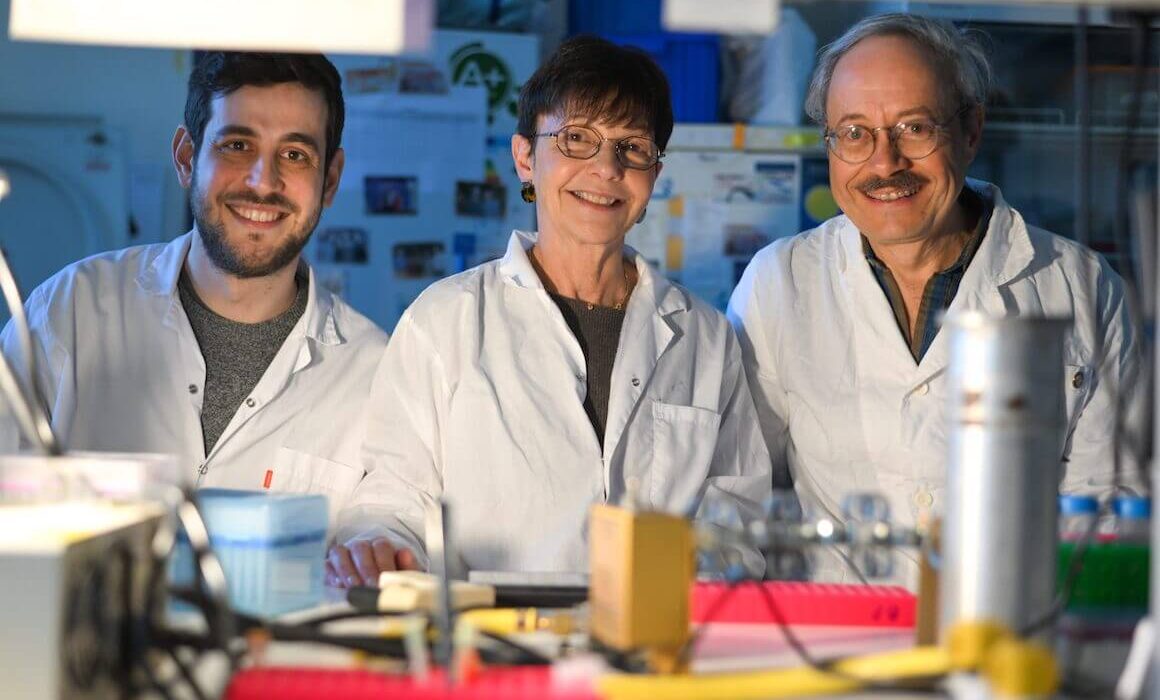Scientists at the Technion have come upon a surprising discovery that could help frustrated would-be fathers determine their fertility. If validated in humans, this discovery could lead to a reliable, fast, and simple method for diagnosing male infertility, and “could predict the success of assisted reproductive techniques such as IVF or evaluate the fertility of stud animals,” said Technion Professor Benjamin Podbilewicz.
The result came unexpectedly, when baby hamster kidney cells surprisingly merged into a single giant cell with multiple nuclei. Scientists discovered that the ability of mice sperm to merge those cells corresponded to the sperm’s fertilizing potential – the more nuclei in the giant cell, the greater the sperm’s fertility.
Today, sperm fertility is evaluated by sperm count and concentration, morphology (shape), and motility. If those parameters are fine but infertility persists, the traditional hamster egg penetration test had been used to determine whether the sperm is capable of entering and fusing with the egg. But that test has proven to be unreliable and is now considered obsolete.
In their new work, Prof. Podbilewicz with postdoctoral researcher Nicolas Brukman, and lab manager Clari Valansi, sought to better understand how mammalian sperm fuses with eggs. The team started by incubating sperm from adult mice with baby hamster kidney (BHK) cells that had been genetically modified to express a protein on human egg known as JUNO. Surprisingly, the sperm cells induced the BHK cells to fuse together and form one giant cell with multiple nuclei. This helped the researchers determine that producing this monster cell was dependent on the presence of the protein JUNO.
But more work was needed to understand the process. For example, did the formation of the big cell require JUNO to be present on both fusing BHK cells?
After a series of experiments, the team’s work suggested that indeed all of the BHK cells needed to express JUNO, and the sperm must express a protein known as IZUMO. With the addition of JUNO, these hamster cells more closely resemble human egg cells, making the process, dubbed SPICER, or Sperm-Induced Cell-cell fusion Requiring JUNO, a better indication of male fertility than the traditional egg penetration test.
The co-inventors have published their findings in eLife and have filed a patent application.
Top photo: From left to right: Nicolas Brukman, Clari Valansi, and Prof. Benjamin Podbilewicz
